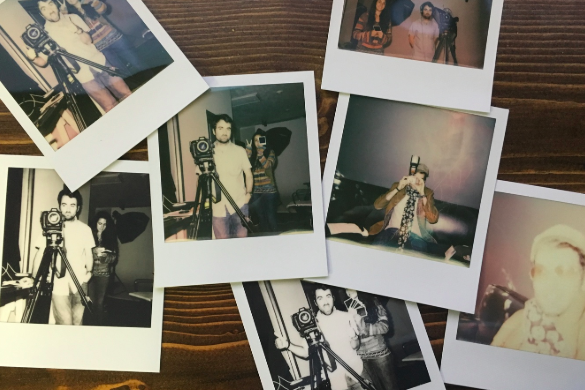The Polaroid Principle
By Charles Euchner
The greatest sin of writers — and the most fun to quash — is to press to get things right too soon.
I am working with a businessman on a book about the history of the finance system in the West from 16th century Venice to the present-day European Union.
As you can imagine, it’s a complex story. It involves every conceivable political and economic system, global investment and trade, colonialism, the inevitable boom-bust cycle, secrecy and corruption, rivalries and plots, and much more.
The technical stuff can get heavy. So this is what my author wrote to me:
The facts are true but my explanation is rough and incorrect. I am now on a different path, which, unfortunately is much more complex and convoluted. I am afraid that if I follow this path completely, I will lose the reader. I will try to compromise between being more accurate and being incomprehensible. I hope I will be able to send you something reasonably soon.
To which I responded:
I would not worry too much about getting the passage right in all its details. If you get the basic concept down, with a list of the variables that matter, that is enough.
Think of writing like a Polaroid picture developing. When you take the film out of the camera, it takes five minutes for the final image to emerge. First you get the bare outlines; then the details start to fill in; and finally all the colors and shades emerge. That’s how I want you to think of writing difficult passages. Let the details get filled in over time; we have no real need for the details at the beginning.
In fact, it’s actually more efficient to let the details get filled in over time. When you insist on getting all the details right at the beginning, it may cramp the development of your other “fragments.” The passages that before and after the technical descriptions play important roles in the technical descriptions. If you have packed your detailed analyses into a single fragment, it’s hard to do those setup and followup passages.
Rather than getting this analysis done, give a loose account — how you would explain to a TV interviewer — and then list all the relevant points you need to complete the analysis.
Sometimes, doing too much hard work at the beginning makes it harder to do essential work later in the process. So relax. I know this is a complex subject. But complexity works best with a little bit of looseness.
Get the basics facts and ideas down, then fill in the details later. You might be amazed how easy it is to explain a concept with the right setup and followup. If you worry too much about explaining everything, in one place, you will overwhelm yourself — and your reader. So take it slow. Explore just one idea at a time. Fill in the details over time.
Follow the Polaroid Principle.


